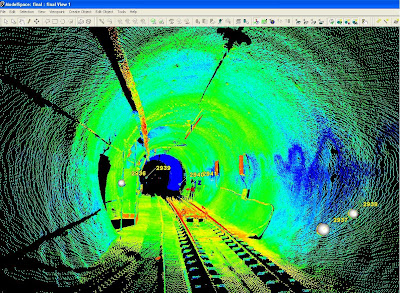A mathematician, an engineer, and a physicist are out hunting together. They spy a deer(*) in the woods.
The physicist calculates the velocity of the deer and the effect of gravity on the bullet, aims his rifle and fires. Alas, he misses; the bullet passes three feet behind the deer. The deer bolts some yards, but comes to a halt, still within sight of the trio.
"Shame you missed," comments the engineer, "but of course with an ordinary gun, one would expect that." He then levels his special deer-hunting gun, which he rigged together from an ordinary rifle, a sextant, a compass, a barometer, and a bunch of flashing lights which don't do anything but impress onlookers, and fires. Alas, his bullet passes three feet in front of the deer, who by this time wises up and vanishes for good.
"Well," says the physicist, "your contraption didn't get it either."
"What do you mean?" pipes up the mathematician. "Between the two of you, that was a perfect shot!"
(*) How they knew it was a deer:
The physicist observed that it behaved in a deer-like manner, so it must be a deer.
The mathematician asked the physicist what it was, thereby reducing it to a previously solved problem.
The engineer was in the woods to hunt deer, therefore it was a deer.












